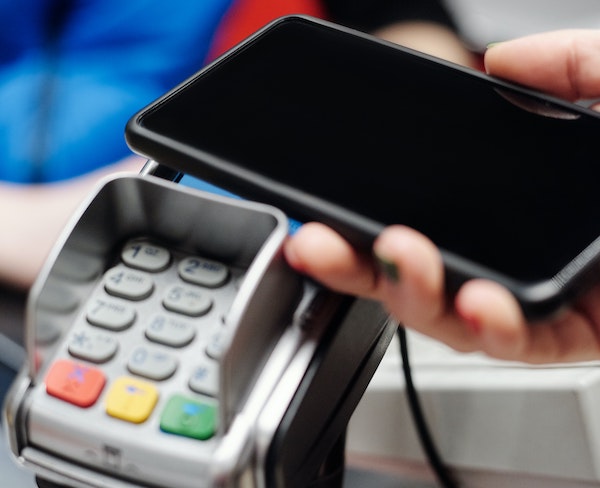4 ways to defend your advantage and reassure customers in the unpredictable “Wild West” of digital payments

As consumer-facing and B-to-B enterprises work hard to accommodate shifting trends in digital payments, new challenges are affecting the transactions from many fronts.
On the retail side in particular, customer use and acceptance of in-store digital payments may have reached a plateau (latest reports point reflect only 9 percent of U.S. consumers pay in-store with digital or mobile platforms), but new digital payment forms are becoming increasingly available and growing in use.
Retailers and other transaction-based enterprises have to decide which digital payment forms they’ll accept – some have proven more trouble than they’re worth. Recall the stories of massive data breaches vexing merchants and customers of retailers like Home Depot and Target.
Some top retailers like Walmart, Home Depot and Dick’s Sporting Goods do not accept Apple Pay. Walmart and Home Depot don’t accept Google Pay, either. Nor do Amazon or Kroger.
That doesn’t mean that other digital payment forms won’t soon step into the openings they can find and hold onto market share.
In fact, we now have a new dynamic: digital payment platforms that now pick and choose which merchants can use their systems. Wish, one of the world’s largest mobile ecommerce platforms, has launched a new ‘invite-only’ merchant selection, multi-step verification process aimed at fostering greater user trust.
Then there’s cryptocurrency – a topic for which we’ll have to dedicate an entire article sometime in the near future.
While cash and plastic are still king for customers, the time is now for retailers and other transaction-based enterprises to get ahead of a new wave of alternative payments and the potential for customer confusion. Here are our 4 tips for preparing for a new era in digital payments.
Be ambidextrous. Decide how to retain competitive advantage in the digital payment space, but don’t put up barriers to commerce for customers who will forgo convenience of digital for more secure payment options like cash and credit.
Embrace the Change. Stay on top of the growing trends in mobile payments and come to an understanding on how this will affect your relationship with current and future customers. Work pre-emptively and proactively with your industry associations to establish a long-term position with these emerging payment systems. The National Retail Federation, for example, has published thought pieces hashing out the benefits and drawbacks of this new disruption to business. Other industry associations are sure to have their own views on the subject.
Educate yourself. Stay up-to-date on news of current and future payment platforms as well as their benefits and drawbacks, like propensity for data breaches.
Find out what customers want – and give it to them. Similar to the step above, when you understand the full range of payment options, you’ll be well positioned to provide customers the best solution that meets their needs. A bonus: This can be a great opportunity to hone segmentation skills and provide highly targeted solutions that hit their marks.
These and other steps may seem daunting at first, but worth it to stay ahead of the curve as digital payments rapidly evolve over ever shorter periods of time. If you are a retail or B-to-B enterprise reliant on cash transactions, you’ll have to decide what steps are necessary to take advantage of myriad opportunities in the digital payment space.
Remember, in the end the customer will have the deciding vote, cast by how and where they buy.
• • •• • •
 Founded in 1987, Dorsey & Company Strategic Consultants to Management is a carefully assembled group of more than 50 associates who offer a wide range of marketing expertise to thoughtfully approach every engagement according to its unique competitive and marketing challenges and requirements. The Dorsey & Company approach has consistently yielded favorable results for leading clients in automotive, energy, utility, branded and consumer goods, retail, higher education, telecommunication, government and nonprofit, financial and professional services, health and pharmaceutical, and other industries. Visit here to learn more about Dorsey & Company.
Founded in 1987, Dorsey & Company Strategic Consultants to Management is a carefully assembled group of more than 50 associates who offer a wide range of marketing expertise to thoughtfully approach every engagement according to its unique competitive and marketing challenges and requirements. The Dorsey & Company approach has consistently yielded favorable results for leading clients in automotive, energy, utility, branded and consumer goods, retail, higher education, telecommunication, government and nonprofit, financial and professional services, health and pharmaceutical, and other industries. Visit here to learn more about Dorsey & Company.













